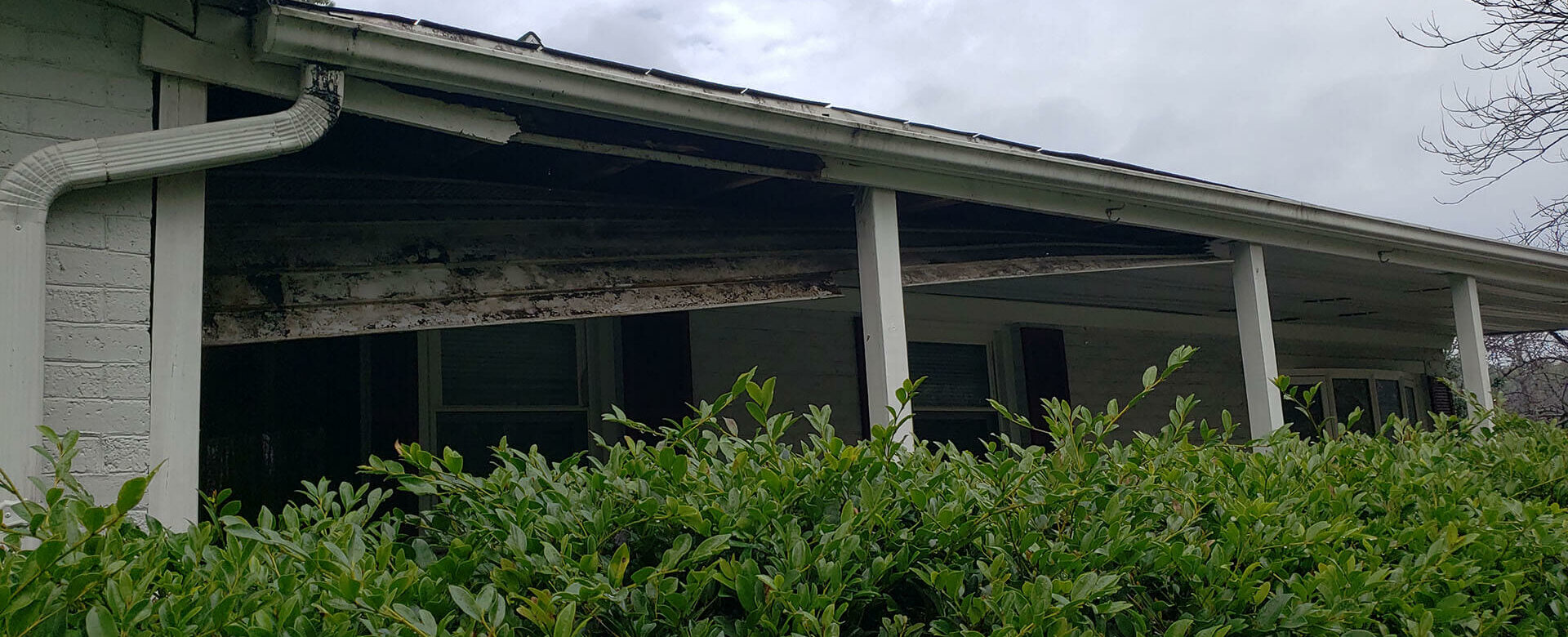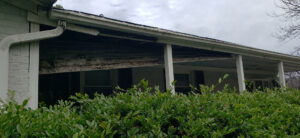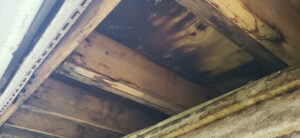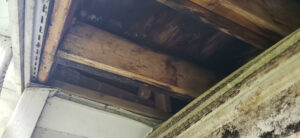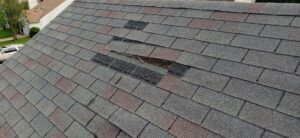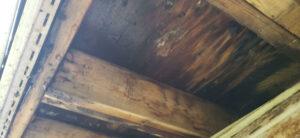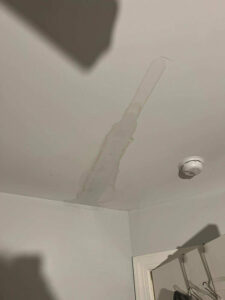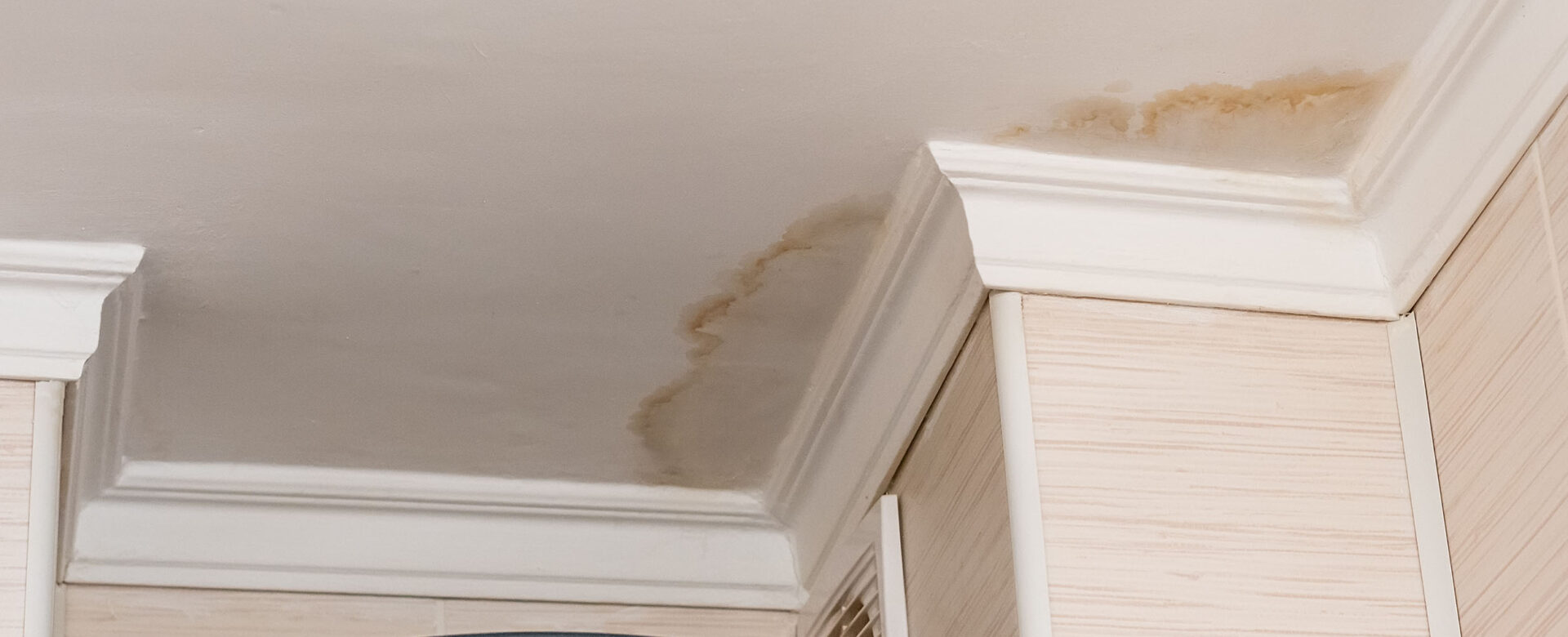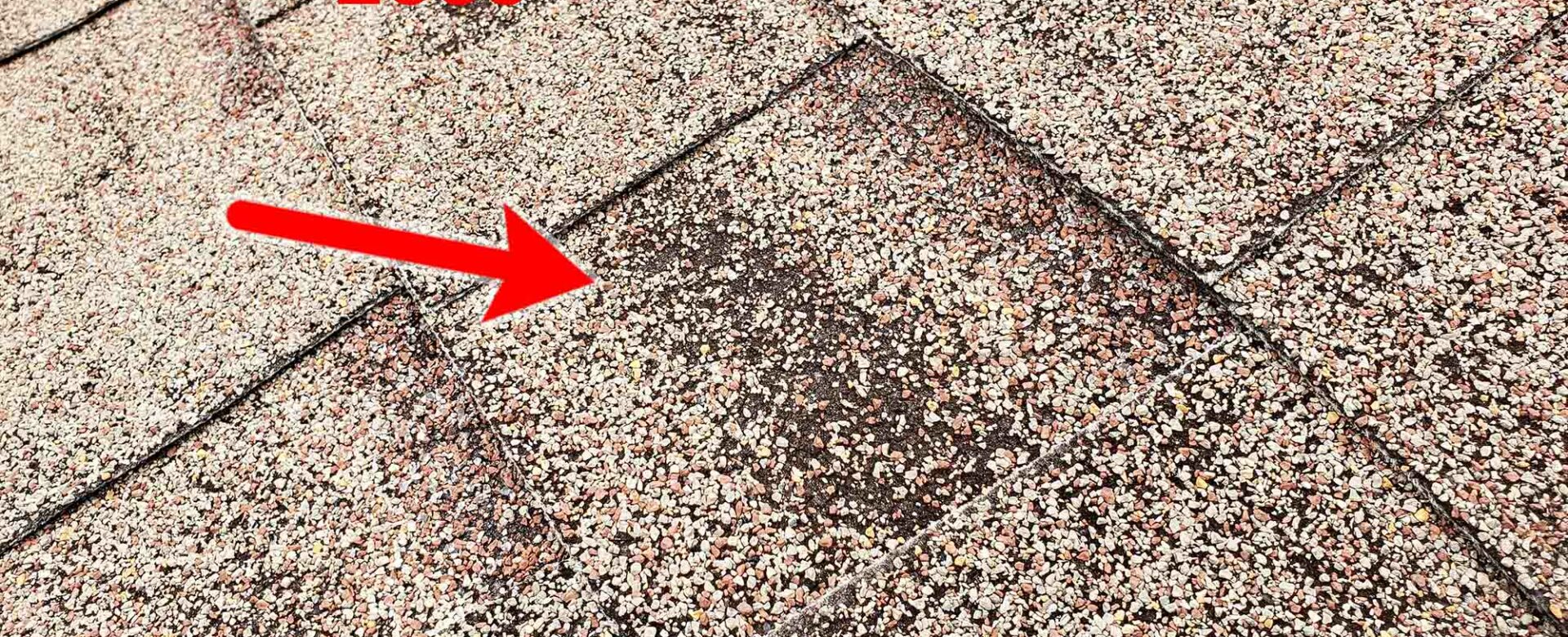For some things in life, it’s very easy to know when it’s time to call in a professional. If your car breaks down on the highway, it’s time for a mechanic. If you break your leg, it’s time for a doctor. But there are some things that are a little less obvious. For instance, knowing exactly when to call in someone to service and inspect your roof can be tricky for some homeowners. A lot of your roof may not be visible to you, and from the ground it can be difficult to spot some of the tell-tale signs of decay or damage. But there are a few good ways to tell if it’s time to call in a roofing professional, so here are some signs to look out for.
Soaring Energy Bills
Your energy bill may be soaring lately because of rate increases, but pay attention to the actual kilowatt hours you’re using each month. If that number has started to rise over time and you haven’t made any changes or added any new electrical elements to your home, that can be a sign of a roof that needs service. That’s because your roof is one of the main temperature control elements of your house. A leaky roof lets water in but it also lets warm or cold air out. Don’t pay money to air condition the outside, call a roofing company instead and see if any repairs are needed that will help make your energy bill (somewhat) more reasonable.
Sagging
A sagging roofline – usually a gentle slope down toward the middle of a roofline, or drooping at the edge of an eave – is a sign that there are problems with the underlying structure. This could mean that the rafters, roof decking or both have started to deteriorate. This can happen due to age, but it can also happen if moisture is coming in through the roof, causing the wood beneath to rot or invite termites. In any of those cases, a professional roofing company and potentially a general contractor and pest company may be needed to address this issue. Left unchecked, a sagging roof can cause massive and extremely expensive damage to the core structure of your home.
Dark Spots
Leaks don’t always present themselves as a steady stream of water or even a drip directly from the ceiling. In slow leak cases, a dark spot on in the interior will appear and start to grow in the area where the water is penetrating the roof. This is often in the corner of rooms that are along the exterior of a home. The dark spots may appear on the ceilings, but they also can appear along and down walls, especially if water is entering the house along the roofline. As soon as you see a dark spot start to appear, call a roofing company. The longer you allow those spots to grow and exist, the more likely it is that mold, mildew, and other types of water damage will occur in areas beyond your home’s roof. Drywall, trim, window casings and even flooring may need to be replaced if leaks are not addressed quickly.
Debris
If you’re finding bits of asphalt shingles in your yard, especially after a weather event, this may be a sign that your roof needs to be replaced. While asphalt shingles are very durable, they do have a life expectancy of 20-30 years. This means that even homes built after the year 2000 may be due for a new roof. Another sign of shingle deterioration is asphalt grit in your gutters. Small, sandy bits of a shingle’s asphalt will start to slough off when they’ve reached the end of their lifespan, and very often this material will make its way into your gutters and even down the downspout. Again, this is especially noticeable after a weather event with heavy rain.
The Obvious
Of course, there are some obvious signs that it’s time for a roofing professional’s opinion. Missing shingles, clear water leaks, or a roof that’s older than 30 years most certainly requires a service call to your local roofing company.
If you’re experiencing any of these issues in your home, contact Andrews Roofing. We’ve been working in the Hampton Roads region for over 25 years and we know the common issues homeowners in Tidewater experience. We can help you determine the best next step for your roof, whether that’s a roof repair or total roof replacement.
